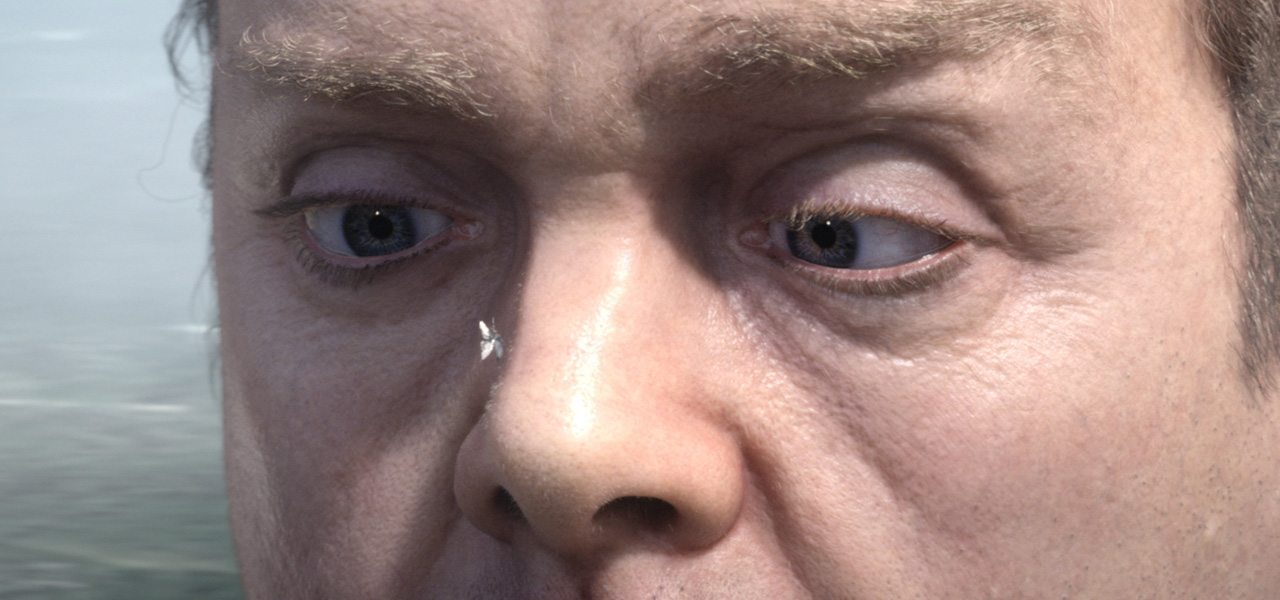
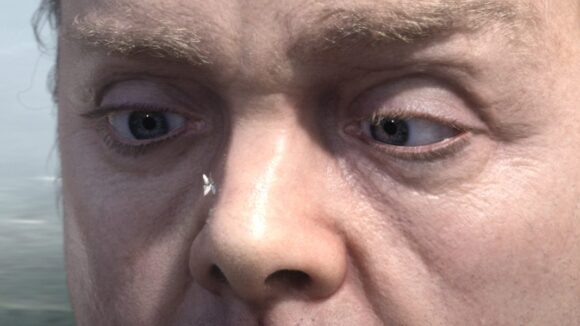
‘The Tick’: Making A Completely CG, 2,000-Foot Human On A TV Schedule And Budget
It used to be in visual effects that what was done in film versus what was done for television was a huge chasm. But that gap is diminishing, and the kinds of vfx work that effects studios are being called on to do for tv is becoming increasingly ambitious.
Take, for example, the Very Large Man (VLM) in the first season of Amazon Video’s The Tick, the off-beat superhero show starring Peter Serafinowicz as the title character. The VLM was a completely digital – and mostly naked – giant based on a real actor.
Crafting a giant cg human on a tv schedule and budget was no, er, small feat. Cartoon Brew talked to the team at FuseFX who produced the VLM visual effects shots to find out the process behind scanning and referencing the actor (who was originally going to appear as a real person, not cg), animating such a large-scale character, and what it took to do this for television.
Building a giant
The initial approach to realizing the VLM, a man as tall as a skyscraper and who wreaks havoc amongst The Tick’s main city, was to do the effect practically by filming the actor (Ryan Woodle) against greenscreen and compositing him into live-action plates. But, explains FuseFX visual effects supervisor Chad Wanstreet, one of the issues was that only certain live-action angles were completely convincing with Woodle as the giant.
“The most successful live-action shots were the close-ups where depth of field was kept to a minimum, while the wide-angle shots generally speaking did not hold up. So the decision was made to go full cg early on to facilitate the massive environments that needed to be made digitally to sell the scale of the VLM and to ensure the proper perspective and atmosphere.”
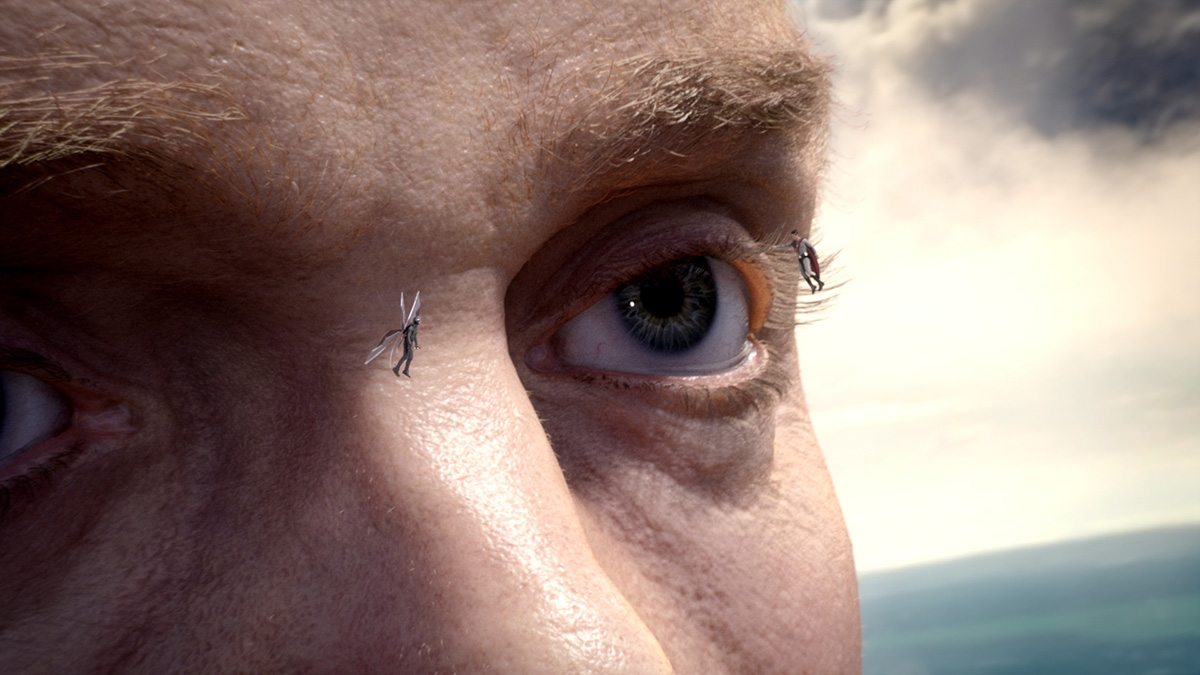
That then necessitated the making of a digi-double VLM. Woodle was scanned with a mobile setup for a quick generation of data. Usually, a scanning session can provide high-resolution textures and accurate geometry data for this kind of task, but for their purposes FuseFX needed to continue building their digital version with further sculpting and texturing, especially for the skin.
“Due to the massive scale of the VLM, we had to drive the skin pores based off of the facial hair stubble groom to give per-pore displacement,” said FuseFX creature supervisor Matt Lefferts. “Special detail was put into recreating special details that made the character unique such as his closed off ear piercings, moles, skin blemishes, and ear hair.”
The VLM’s face alone had 15 separate hair grooms, from light peach-fuzz to head and nose hair. Another challenge were the character’s cg eyes, which were in several up-close shots. “One of the keys to making the eyes more believable was to make sure the sclera was not too bright or it ended up looking too much like a stylized character,” noted Lefferts. “Matching more of the face skin tone values and then desaturating a bit seemed to help. We also modeled in an ‘eye water’ mesh along the eyelid that was concave in shape to help give those watery highlights to the eye.”
Animating a giant
FuseFX rigged and animated the VLM in 3ds Max. The character was sculpted in ZBrush with texturing done in Mari. For hair, the studio used the Ornatrix plugin. Final rendering was carried out in V-Ray.
Surprisingly, the VLM was not brought to life with any kind of motion capture. Instead, animators at FuseFX did reference live-action plates of Woodle, but then hand key-framed the character. Part of the reason was dealing with scale; the cg assets were made to work for whatever the particular scene required.
“Due to the fact that the character’s rigs could not be scaled as extensively as would be required for a 2,000-foot man, the VLM was always rendered for his beauty pass as a 6-foot man and the associated environment was then rendered at a micro scale around the 6-foot VLM,” said Wanstreet. “After that, the VLM was then rendered 2,000 feet tall for interaction and shadow casting with the rest of the characters.”
“All of this also meant that all animation for the VLM had to be cached at two different scales and every shot also had two cameras for the VLM at the different heights,” added Wanstreet. “We developed a number of tools to manage number of assets being ingested by the lighters who had to deal with the VLM, but Matt Lefferts and [rigging supervisor] Manny Sierra wound up being the keepers of the scale as it pertained to the rigging and animation, which was all done manually.”
Adding a giant to the scene
Getting the VLM to look and move appropriately was a difficult task, but he also needed to walk through fields and other locations. For this, FuseFX generally crafted completely digital locales and then added extra elements to wed the character into the scenes.
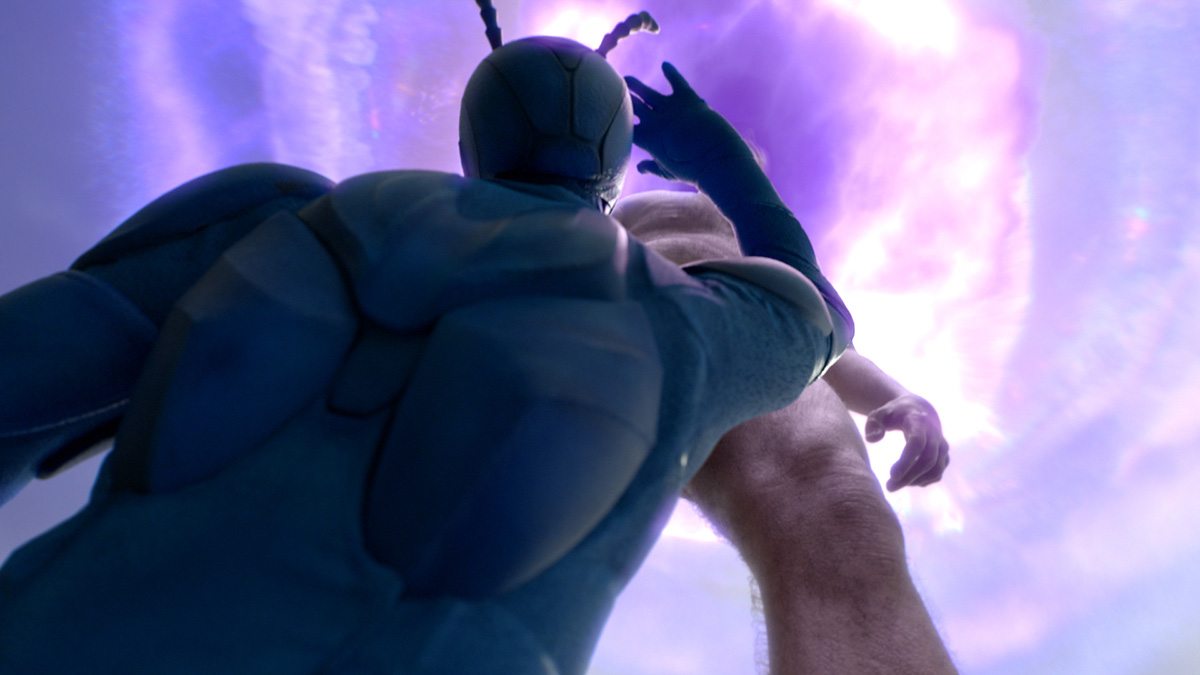
“Environmental fog and atmosphere was heavily utilized to shape the shots and help to give scale, as well as traditional lens cues such as depth of field and chromatic aberration,” said FuseFX compositing supervisor Alan Precourt. “Not having a lot of reference to draw on for a 2,000-foot man, we used images of skyscrapers for inspiration as well as vast landscapes and movies such as Arrival and Independence Day which likewise had to deal with issues of scale and proportion.”
Another of the extra challenges for FuseFX was managing the complex character – which also grew and shrunk in the various episodes – and the different environments it inhabits. Plus, other characters, often digital-doubles themselves, are with the VLM in scenes.
“We had to work on three different characters and the environment around the VLM, as well as interactions with him to further complicate the work,” noted Sierra. “Maintaining and updating all of the rigs and assets for these episodes was more than a full-time job and a logistical struggle.”
A giant on tv
Ultimately, 101 artists in FuseFX’s three offices (Los Angeles, New York, and Vancouver) delivered the VLM and other visual effects shots for The Tick. The final episode for the first season involved 45 fully-cg shots and another 100 visual effects shots involving the VLM and other digital characters.
Wanstreet says the studio had the typical time and budget constraints that come with working in television, not least of which because they had to deliver multiple episodes simultaneously, but also because The Tick is a different kind of superhero show.
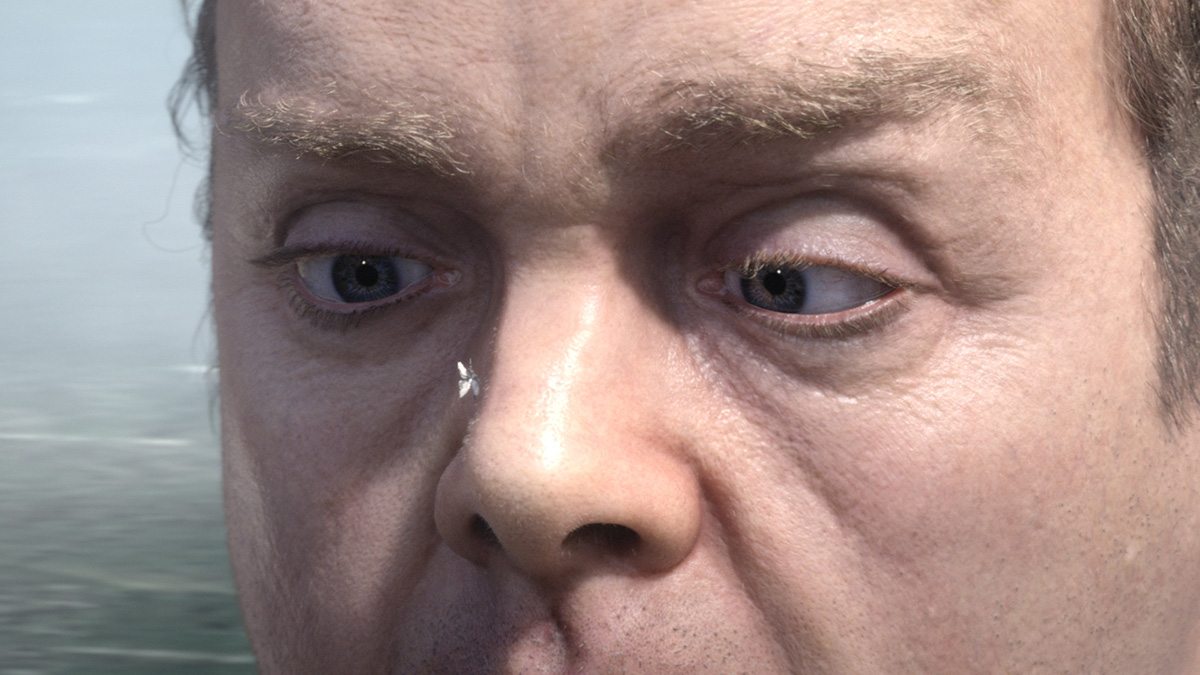
“I think one of the toughest things about [the work] was trying to find a style and imagery that was specific to The Tick genre and world,” said Wanstreet. We are inundated with superhero shows and movies these days, and finding an original or interesting visual style in that body of work is a challenge and something I know myself and the showrunners are constantly trying to develop. It makes it especially difficult to keep your finger on the pulse of that style when you are delivering hundreds of shots a week at a rapid-fire pace, but that seems to be the landscape for all of the vfx-heavy shows these days.”

.png)